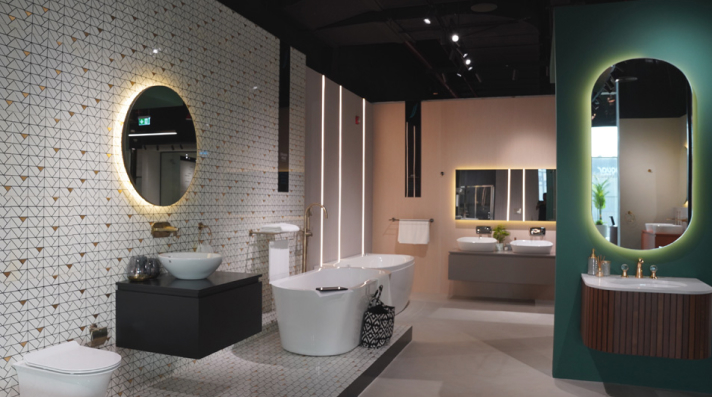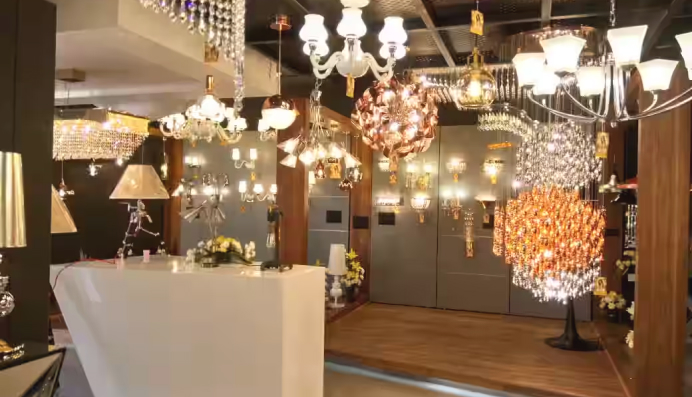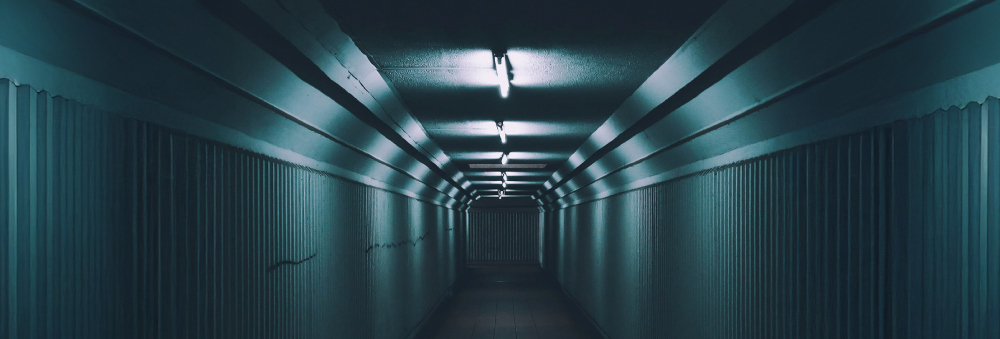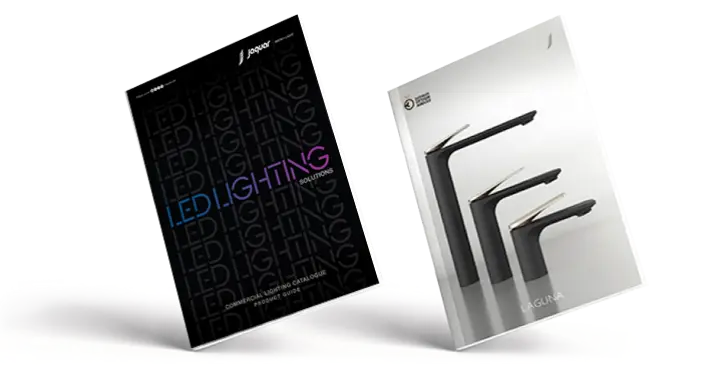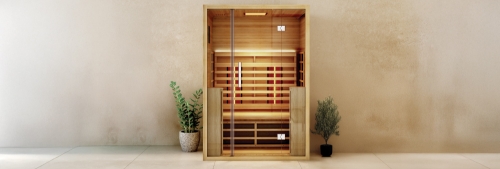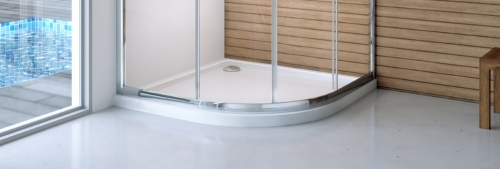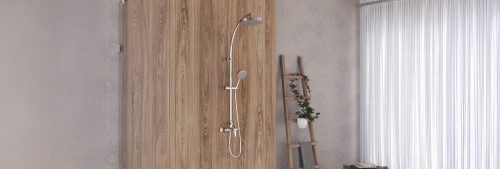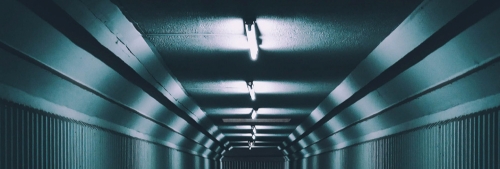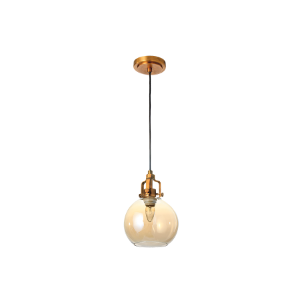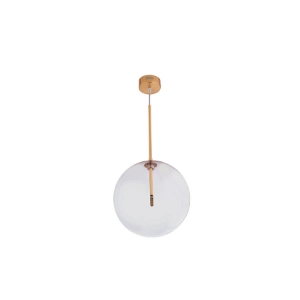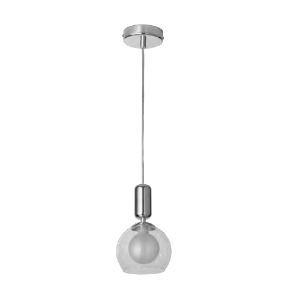Even with all the new lighting options out there, the classic fluorescent tube light still does a great job. It spreads light evenly across big spaces like kitchens, study areas, or busy industrial lighting areas. Whether you want your space to look good or just be well-lit, a tube light is a great pick for both homes and offices.
Designers and builders like using tube lights because they’re simple, clean-looking, and work in almost any space. They give off a soft, steady light that’s easy on the eyes and help keep rooms looking neat and modern.
What is a Tube Light?
A tube light is a long, straight light that gives off a bright, even glow. Most are fluorescent lights, which means they use a special kind of gas and coating inside the tube to create light when electricity flows through it. They don’t get too hot, and they use less energy than old-fashioned bulbs.
Fluorescent tube lights last a long time and are very efficient. While many people now use LED lights, fluorescent tube lights are still great for places where you need lots of light over a wide area—like in schools, offices, or garages.
Different Kinds of Fluorescent Tubes
There are different types of fluorescent tubes, and each one is best for a certain job:
1. T5, T8, T12 Fluorescent Tubes:
These names tell you how thick the fluorescent tube light is. T5 is thinner and good for newer lighting systems. T8 is the most common size and works well in homes and offices. T12 is the thickest and usually found in older buildings or big industrial lighting setups.
2. Cool White vs. Warm White Fluorescent Tubes:
The color of the light matters! Cool white lights (they look blueish) are good for work areas because they help you stay focused. Warm white lights (they look yellowish) feel more cozy and are better for relaxing places like bedrooms.
3. Color Rendering Index (CRI) Fluorescent Tubes:
This number shows how well a fluorescent light shows colors. A higher number means things look more natural. This is helpful in art rooms, clothing stores, or anywhere you want colors to look right.No matter where you need light—a small kitchen, a clothing store, a hospital, or a warehouse—there’s a fluorescent light that will do the job.
Also Read: LED Lighting Vs Fluorescent Lighting. Which one is Better?
Where to Use Fluorescent Tubes?
Fluorescent tubes can light up many different places, including:
- Homes: These are great in kitchens (like under the cabinets), studies, garages, and laundry rooms. They give off clear, bright light that makes it easier to see.
- Offices: These are often built into the ceiling and light up the whole room evenly. That helps people see better and stay focused while working.
- Commercial & Industrial Lighting: In stores, they help make products stand out. In factories or big storage areas, they light up large spaces without using too much energy.
You can use fluorescent tubes to shine light right where you need it or to softly light up a whole room. They’re super flexible.
Also Read: 7 Benefits of Using LED Lights in Modern Bedrooms
How to Pick the Right Size and Style
Choosing the best fluorescent tube light means thinking about how big your room is and what kind of lighting you need:
- Sizes: The most common sizes of fluorescent tubes are 2 feet, 4 feet, and 5 feet long. Use a 2ft tube for small spots like closets or shelves. A 4ft tube works great in bedrooms or kitchens. A 5ft tube is best for big places like classrooms or workshops.
- Wattage: This tells you how bright the light is. Bigger rooms need brighter lights. Smaller rooms are better with less wattage so the light isn’t too harsh.
- Mounting Options: You can put tube lights on the wall or the ceiling. Wall-mounted ones are good for reading corners or desks. Ceiling-mounted ones are better for lighting up the whole room.
- Ceiling Lamps: To make your space look nice, match your tube light with a stylish ceiling lamp. This spreads the light well and looks clean.
- Straight-Line or Grid Style: In hallways or large open rooms, you can put tube lights in a row or as part of a grid to keep things looking neat and balanced.
Also Read: 5 Benefits of Using Floor Lamps In Your Home
Know the details of Jaquar's bath & light range by downloading respective catalogues.
Download Catalogue
Maintenance Tips to Extend the Life of Fluorescent Tube Lights
Fluorescent tube lights don’t need much care and can last a long time—about 7,000 to 15,000 hours.
To make them last even longer:
- Wipe off dust so they stay bright.
- Use good-quality parts to stop flickering.
- Replace old tubes before they stop working completely.
- Recycle them the right way—fluorescent lights have a little mercury in them, so don’t throw them in the trash. Take them to a proper recycling place.
Picking a high-quality fluorescent tube light means you’ll get a light that works well and doesn’t need a lot of fixing.
A Light That Fits Your Life
From fancy homes to busy offices and even tough industrial lighting areas, the fluorescent tube light is still a smart and useful choice. It’s tough, bright, and looks good in almost any space.
With the right fluorescent light, your room won’t just look bright—it’ll feel better to be in. Match your tube lights with a cool ceiling lamp and you’ll have a space that looks great and works well too.
Choose a light that works for you. Pick one that makes your space shine.
FAQ’s:-
Q: What is the difference between T5, T8, and T12 fluorescent tubes?
A: The main difference is diameter:
- T5 is 5/8 inch (slim, energy-efficient)
- T8 is 1 inch (most common)
- T12 is 1.5 inches (older, less efficient)
Q: Are fluorescent tubes suitable for residential use?
A: Yes, but they’re more common in kitchens, garages, and utility areas. Many homes now prefer LEDs for better energy savings and light quality.
Q: Can I replace a T12 tube with a T8 or T5 tube?
A: Yes, but you may need to change the ballast or use an adapter. T8 and T5 are more efficient and longer-lasting.
Q: How energy-efficient are fluorescent tube lights compared to LEDs?
A: Fluorescents are fairly efficient, but LEDs use even less power, last longer, and don’t flicker or contain mercury.
Q: Can I use fluorescent tubes in enclosed fixtures?
A: Yes, but make sure the fixture allows proper ventilation. Overheating can reduce tube life.
Explore Our Lighting Categories:

